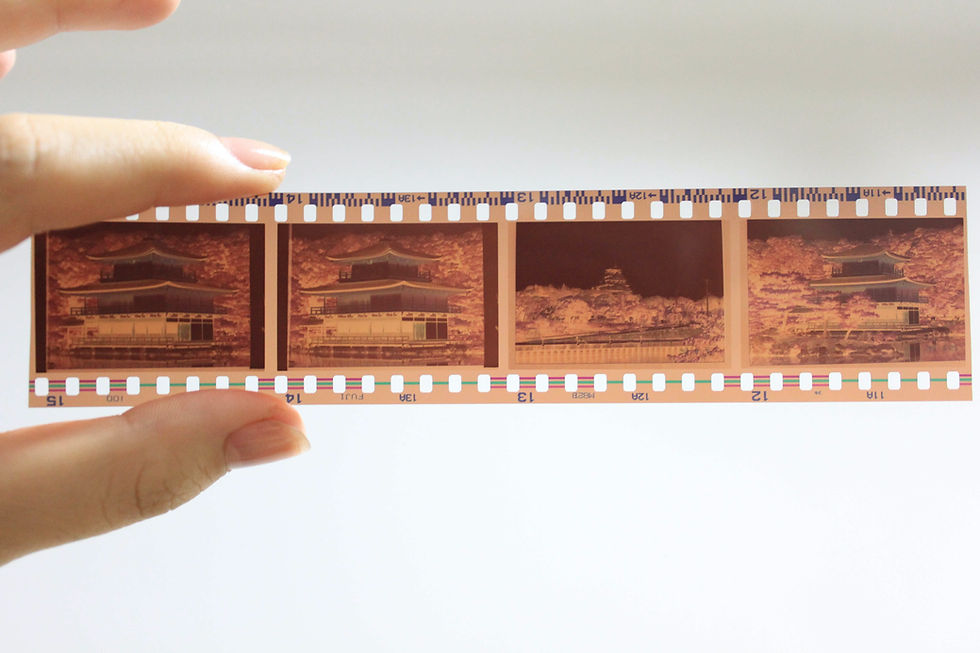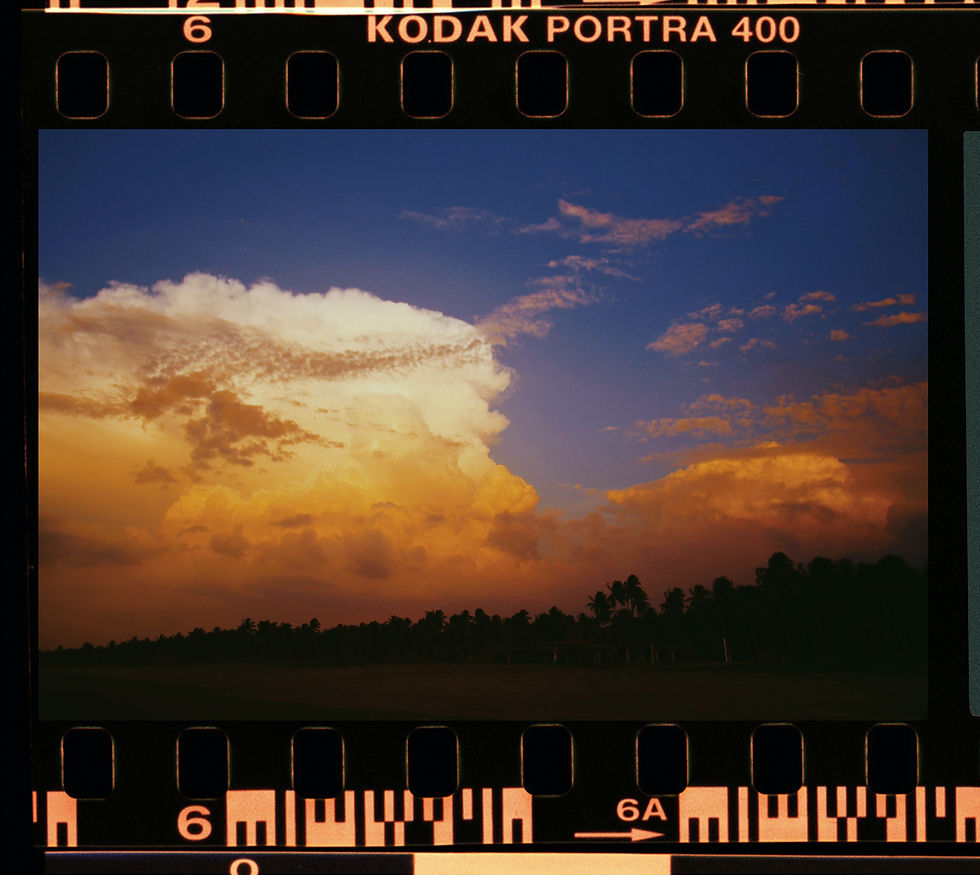Photo Scanning: The Positives of Negatives
- reelmovies03
- Aug 26, 2022
- 2 min read
One of the best ways to preserve your old photographs is to digitize them through a scanning process, but there's more to it than just that.

Where are your childhood photographs now? Most likely in an album somewhere tucked away on a shelf or closet, never to be seen again. They're scratched and ripped, and likely faded as well. People love the idea of printing their photos to share with others in a tangible format, and the aging process older photographs have endured does have a certain charm to them, but let's be real, it's an inconvenience that's both time consuming and cluttering of valuable space. Not to mention the unnecessary costs!
More often, people are sharing content on their phones or TVs, which is much more convenient because items can be easily organized by date or event, easily swapped either way, and can be shared on a large screen format for better viewing with great detail. Speaking of detail, how can you get those photos scanned at the best possible quality?

If you managed to keep those little transparent strips you got whenever you developed your photos, then you're in luck. Those are the photo negatives and they're extremely valuable.
A negative is usually on a strip or sheet of transparent plastic film, in which the lightest areas of the photograph appear darkest and the darkest areas appear lightest. This is due to the light-sensitive chemicals a camera film must use to capture an image quickly. So where's the value? Well, negatives are far sharper and ultimately more detailed than print photographs. Think of a negative as the "original", and the photo as a "copy". The original will always have the best quality as opposed to the duplicates.
Yes, there are apps and little machines that capture negatives quickly, which can be convenient. But do yourself a favour and get them scanned professionally because those time-saving devices won't do your photos justice. They will be low quality and off colour, and you'll regret it later. With phone and TV screens becoming higher in quality, your poorly scanned photos displayed on them will look like a pixelated mess.
Also consider how they've been stored over the years. Photo labs used to deliver them in plastic or paper envelopes which may have not been the best option for long term storage of photographs. The envelope in regular temperature conditions has become brittle, or has likely stained or blemished the photo. What they should have told you to do is to store your photos and negatives in a cool, dry place. Cold storage like a refrigerator, although not practical, would be ideal.

It's tough to find a photo developing lab these days, so if you have your negatives lying somewhere and you're not sure what to do with them...have them digitized! It reduces the clutter, simplifies organization, and most importantly, preserves them. After that you can share them, duplicate them, retouch any damage, all at the click of a button!
Fun fact; in the early days of photography, negatives were captured on glass. Try carrying those around for years without breaking them!



Comments